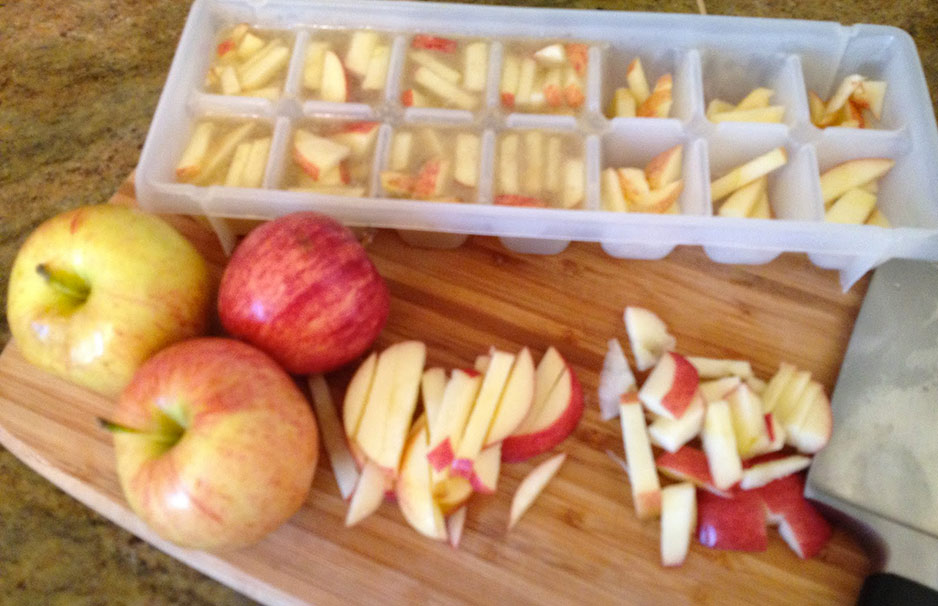How to calculate baby feeding amount
Amount and Schedule of Baby Formula Feedings
- In the first week after birth, babies should be eating no more than about 1 to 2 ounces (30 to 60 ml) per feed.
- During the first month, babies gradually eat more until they take 3 to 4 ounces (90 to 120 ml) per feed, amounting to 32 ounces per day. Formula-fed babies typically feed on a more regular schedule, such as every 3 or 4 hours. Breastfed babies usually take smaller, more frequent feedings than formula-fed infants.
If your baby sleeps longer than 4 to 5 hours during the first few weeks after birth and starts missing feedings, wake them up and offer a bottle.
By the end of the first month: Your baby will be up to at least 3 to 4 ounces (120 mL) per feeding, with a fairly predictable schedule of feedings about every 3 to 4 hours.
By 6 months: Your baby will consume 6 to 8 ounces (180–240 mL) at each of 4 or 5 feedings in 24 hours.
Formula feeding based on body weight
On average, your baby should take in about 2½ ounces (75 mL) of infant formula a day for every pound (453 g) of body weight. But they probably will regulate their intake from day to day to meet their own specific needs, so let them tell you when they've had enough. If they become fidgety or easily distracted during a feeding, they're probably finished. If they drain the bottle and continues smacking their lips, they might still be hungry.
There are high and low limits, however. If your baby consistently seems to want more or less than this, discuss it with your pediatrician. Your baby should usually drink no more than an average of about 32 ounces (960 mL) of formula in 24 hours. Some babies have higher needs for sucking and may just want to suck on a pacifier after feeding.
On-demand feeding
Initially it is best to feed your formula-fed newborn a bottle on demand, or whenever they cry with hunger. As time passes, your baby will begin to develop a fairly regular timetable of their own. As you become familiar with their signals and needs, you'll be able to schedule their feedings around their routine.
As time passes, your baby will begin to develop a fairly regular timetable of their own. As you become familiar with their signals and needs, you'll be able to schedule their feedings around their routine.
Eating & sleeping patterns
Between 2 and 4 months of age (or when the baby weighs more than 12 lb. [5.4 kg]), most formula-fed babies no longer need a middle-of-the-night feedings. They're consuming more during the day, and their sleeping patterns have become more regular (although this varies considerably from baby to baby). Their stomach capacity has increased, too, which means they may go longer between daytime feedings—occasionally up to 4 or 5 hours at a time.
If your baby still seems to feed very frequently or consume larger amounts, try distracting them with play or with a pacifier. Sometimes patterns of obesity begin during infancy, so it is important not to overfeed your baby.
Getting to know your baby's feeding needs
The most important thing to remember, whether you breastfeed or bottlefeed, is that your baby's feeding needs are unique.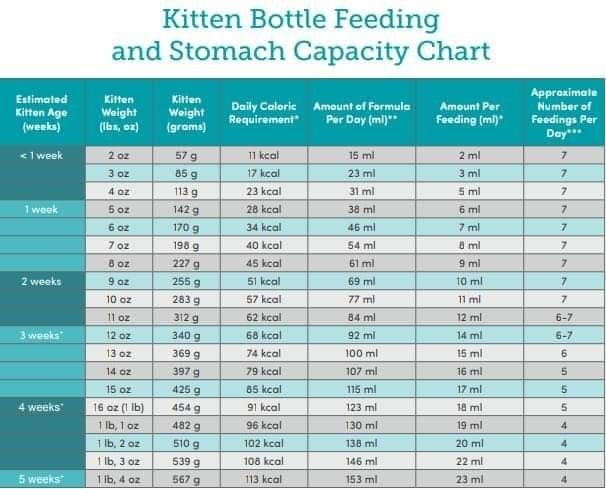 No book―or website―can tell you precisely how much or how often they need to be fed or exactly how you should handle them during feedings. You will discover these things for yourself as you and your baby get to know each other.
No book―or website―can tell you precisely how much or how often they need to be fed or exactly how you should handle them during feedings. You will discover these things for yourself as you and your baby get to know each other.
More information
- How Often and How Much Should Your Baby Eat?
- Making Sure Your Baby is Getting Enough Milk
- Is Your Baby Hungry or Full? Responsive Feeding Explained (Video)
- Remedies for Spitty Babies
- Last Updated
- 5/16/2022
- Source
- Adapted from Caring for Your Baby and Young Child: Birth to Age 5 7th Edition (Copyright © 2019 American Academy of Pediatrics)
The information contained on this Web site should not be used as a substitute for the medical care and advice of your pediatrician.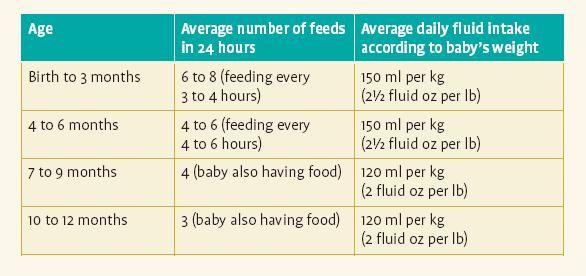 There may be variations in treatment that your pediatrician may recommend based on individual facts and circumstances.
There may be variations in treatment that your pediatrician may recommend based on individual facts and circumstances.
Baby Formula Calculator - How Many Ounces to Feed Baby Chart
Created by Aleksandra Zając, MD
Reviewed by Dominik Czernia, PhD and Jack Bowater
Based on research by
National Health and Medical Research Council of Australian Government “Infant Feeding Guidelines: information for health workers“ (2012)See 1 more source
Stanford Children's Health “Feeding Guide for the First Year“
Last updated: Oct 24, 2022
Table of contents:- What is infant formula?
- Newborn baby formula feeding charts
- How to use the baby formula calculator?
- How much milk should my baby drink? How do I know it's not enough/too much?
- FAQ
If you are a new parent, or are about to be, you've probably wondered, "How much milk should my baby drink?" - and the baby formula calculator has got you covered!
We all know that every baby is a special and has their own eating needs; still, it's good to get an idea of where your baby should be with baby formula feeding charts. The calculator finds the amount of infant formula to be given per day so that you can spend more time with your newborn. 👶
The calculator finds the amount of infant formula to be given per day so that you can spend more time with your newborn. 👶
We try our best to make our Omni Calculators as precise and reliable as possible. However, this tool can never replace a professional doctor's assessment. If any health condition bothers you, consult a physician.
What is infant formula?
Although pediatricians recommend exclusive breastfeeding for the newborn's first six months, there are situations where you may have to give baby formula to your child.
Baby formula (or just formula) is a special dietary product meant for feeding babies. It is usually made from cow's milk, although you can find goat milk-based baby milk. The animal milk is first treated so that it is suitable for babies. You should not feed your baby regular cow's milk instead of infant formula - small babies (up to one year old) cannot digest untreated cow milk properly, which can lead to health problems.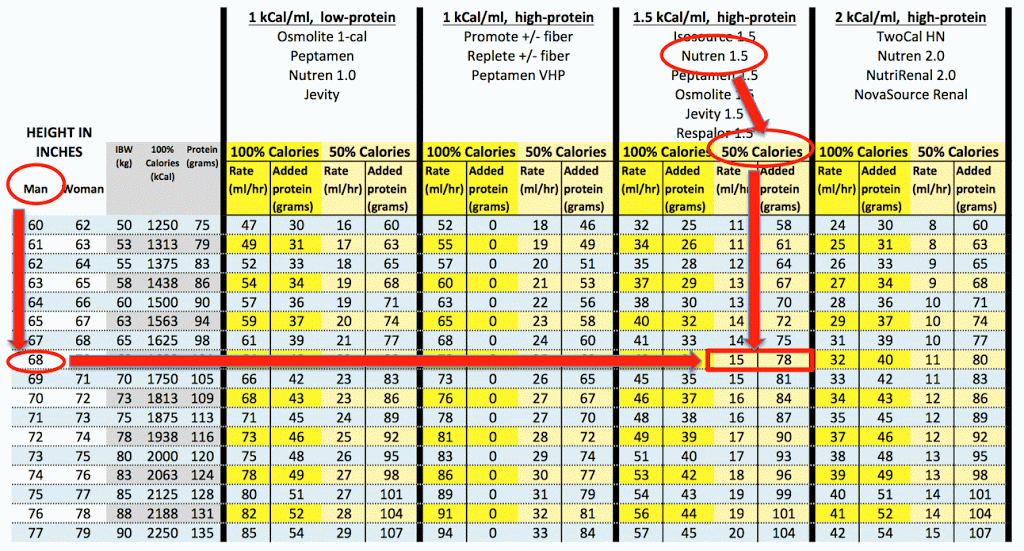 Cow's milk also lacks the right amount of important nutrients, like vitamin C and iron, which can lead to iron-deficiency anemia. Formulas, on the other hand, are often enriched with iron together with DHA and ARA (docosahexaenoic and arachidonic acids), fatty acids that support baby brain development.
Cow's milk also lacks the right amount of important nutrients, like vitamin C and iron, which can lead to iron-deficiency anemia. Formulas, on the other hand, are often enriched with iron together with DHA and ARA (docosahexaenoic and arachidonic acids), fatty acids that support baby brain development.
There are more formula types available on the market - like soy, sheep's milk, and almond 'milk'. You can also find baby milk for special tasks, such as extensively hydrolyzed formulas (meaning the proteins have already been broken down), formulas for premature babies, or formulas that help those who suffer from acid reflux. You should only use special formulas if your pediatrician has recommended them to you. If you think the formula you are currently using is not suitable, talk to your doctor or midwife, and only after that should you try changing the formula.
Newborn baby formula feeding charts
Our baby milk calculator is based on the Australian and American recommendations on infant feeding in the first year of their life.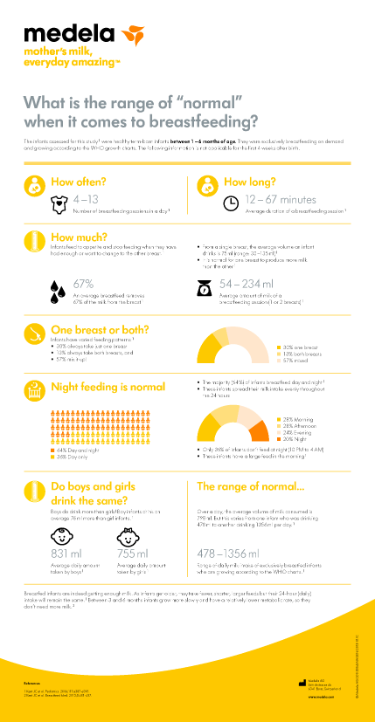 We present these recommendations as simple charts so that you can quickly get an idea of how much and how often your baby should be fed.
We present these recommendations as simple charts so that you can quickly get an idea of how much and how often your baby should be fed.
How much milk should a baby drink per day?
Age | Amount of formula per day |
|---|---|
1-4 days old | 30-60 ml/kg (1-2 oz/kg) |
5 days - 3 months old | 150 ml/kg* (5 oz/kg) |
3-6 months old | 120 ml/kg (4 oz/kg) |
6-12 months old | 100 ml/kg (3-4 oz/kg) |
*Some infants may require 180-200ml/kg (6-8oz/kg)
Baby formula feeding chart - how often they should be fed?
Age | Approx. amount of formula per feeding | Number of feedings per day |
|---|---|---|
Newborn | 60-90 ml (2-3 oz) (may be between 15-60ml (0. | 8-12 times (every 2-3 hours) |
1 month | 60-120 ml (2-4 oz) | 6-8 times (every 3-4 hours) |
2 months | 150-180 ml (5-6 oz) | 6-7 times (roughly every 3-4 hours) |
4 months | 120-180 ml (4-6 oz) | 5-6 times (roughly every 4-5 hours) |
6 months* | 180-240 ml (6-8 oz) | 5-6 times (roughly every 4-5 hours) |
7-9 months | 180-360 ml (6-11 oz) | 3-5 times (roughly every 5-8 hours) |
10-12 months | 180-330 ml (6-10 oz) | 3-4 times (roughly every 6-8 hours) |
*Introduction of solid foods
How to use the baby formula calculator?
If you're still asking yourself how much milk should a baby drink, our calculator has got you covered. It will count the amount of infant formula that your child should drink per whole day (24 hours), based on their age and weight, and also provide you with suggestions of the volume of one portion and the frequency of feeding. Let's see how it works!
It will count the amount of infant formula that your child should drink per whole day (24 hours), based on their age and weight, and also provide you with suggestions of the volume of one portion and the frequency of feeding. Let's see how it works!
- Look at the calculator panel on the left side of the page.
- Input the baby's age.
Monthsare the default age unit, but if you've got a newborn at home, switch it toDays. You can also use other time units. - Provide the child's weight. You can switch freely between
kg,lband smaller units. Make sure you check the baby's percentile in the weight percentile calculator, too. - You get your results at the bottom of the baby formula calculator. You'll see the amount of baby milk to give per one day, (approximately) how much formula the baby will drink in a sitting, and how many times a day the baby should be fed.
- Remember, the results are approximate and give you a general overview of the baby's feeding.
 Every baby is unique and so are their feeding needs.
Every baby is unique and so are their feeding needs.
How much milk should my baby drink? How do I know it's not enough/too much?
There is one important thing to note - the baby formula calculator is not an oracle. The tool should give you an idea of the amounts of baby milk your child should eat, but there are no strict ranges. You may want to use the baby's milk intake calculatorto get an estimate of your baby's requirement. Most children will change the amount they eat from feeding to feeding so they always get enough. So, learn to understand your baby's body language. When they become distracted during bottle-feeding and start to fidget - they've probably had enough. On the other hand, if the bottle is finished and your baby is still smacking their lips, sticks their tongue out, or sucks everything they can get their mouth on, they might still be hungry. Learning these signs takes time, but it strengthens the bonds between the two of you. ❤️
❤️
Too much food?
If your child seems hungry and is craving baby formula all the time, you should discuss it with your pediatrician or midwife. You should also pay attention to your feeding habits, as overfeeding can lead to obesity in the future (check out the BMI percentile calculator for kids for more info). Sometimes pacifiers are used to soothe babies after a proper feeding.
Important - this doesn't apply to newborns. In their case, it's best to feed them on demand, even if it's ten or fifteen times a day. As they grow up, newborns will develop their own infant formula eating scheme.
Too little food?
If your child never meets the 'goals' of the baby formula feeding chart, you should seek medical advice as well. It might be that your baby just like that, but it could also be some kind of health disorder. A particular red flag arises if a baby has trouble gaining weight. Typically a child should double theirbirth weight by 5 months old and triple it by a year old.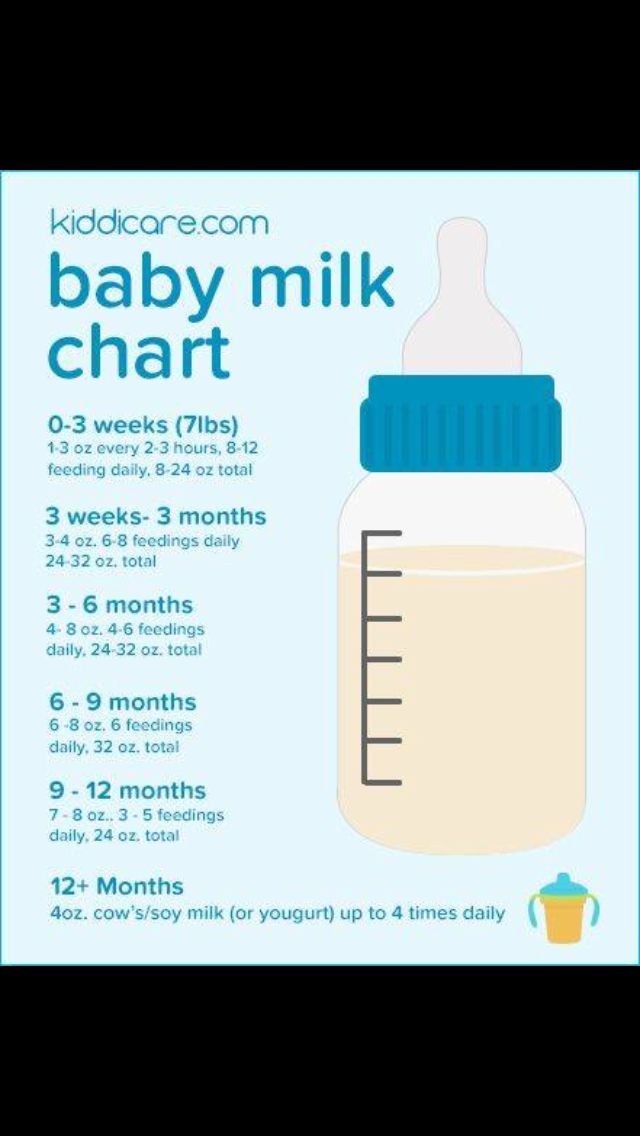 **. If this doesn't happen, always talk to a pediatrician, as it might a sign of an underlying condition. To help babies grow, doctors often recommend frequent feeding, even if that means waking up a sleeping child.
**. If this doesn't happen, always talk to a pediatrician, as it might a sign of an underlying condition. To help babies grow, doctors often recommend frequent feeding, even if that means waking up a sleeping child.
Signs of a well-fed child:
- Meets the growing-up goals and progresses proportionately on their pediatric infant growth charts;
- Develops properly - neither you nor the pediatrician, who sees baby regularly, notice anything out of the ordinary;
- Drinks the infant formula gladly but doesn't always act hungry; and
- Wet diapers - a newborn should have 2-3 wet diapers daily up to 5 days old. After that, they should have 5-6 diapers. Wet diapers are a good indicator of the baby's nutrition state.
Always seek medical advice if anything in your baby's eating habits or their behavior concerns you.
FAQ
How much formula should I give to a 3-week old baby?
A 3-week old baby should eat approximately 150 ml (5 fl oz) per kilogram of its body weight per whole day.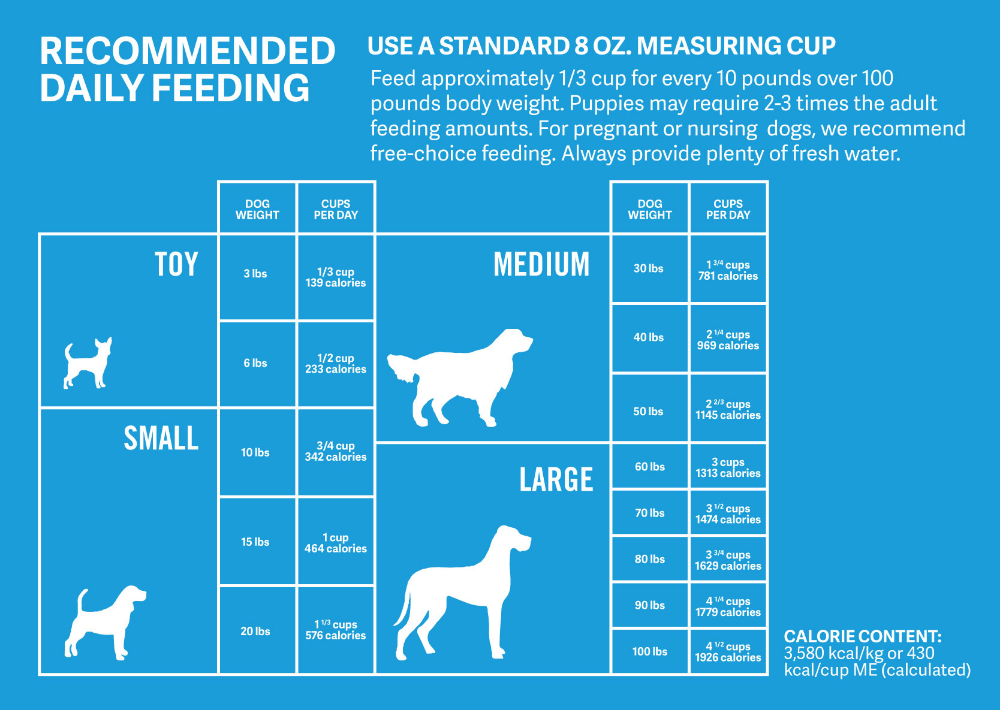
To find the total amount of formula needed for the day, you should multiply the baby's weight in kilograms by 150 ml or 5 fl oz. Every baby is different and has its own needs. Always seek medical advice if anything in your baby's eating habits or behavior concerns you.
How do I count baby formula amounts per day?
To count baby formula amounts per one day, you should multiply the baby’s weight by their recommended daily intake by age. The quantities of formula per kilogram are:
Age | Amount of formula per day |
|---|---|
1-4 days old | 30-60 ml/kg (1-2 oz/kg) |
5 days - 3 months old | 150 ml/kg* (5 oz/kg) |
3-6 months old | 120 ml/kg (4 oz/kg) |
6-12 months old | 100 ml/kg (3-4 oz/kg) |
*some infants may require 180-200ml/kg (6-8oz/kg)
Every baby is different and has its own needs. Always seek medical advice if anything in your baby's eating habits or its behavior concerns you.
Always seek medical advice if anything in your baby's eating habits or its behavior concerns you.
How do I count baby formula amounts per feeding?
To count baby formula amount per one feeding, you simply divide the formula per whole day by the number of feedings.baby formula amount per feeding = (formula per day)/(number of feedings)
Can I use two different types of baby formula?
Overall, it is safe to give your baby more than one type of formula, just follow the mixing instructions. So if you're thinking of changing the formula because of availability, price, or preparation reasons, you can do so. Some babies might not like the new formula taste, so mixing two formulas in varying proportions at the beginning can help your baby get used to the new flavor.
Every baby is different and has its own needs. Always seek medical advice if anything in your baby's eating habits or behavior concerns you.
Aleksandra Zając, MD
Baby's age
Baby's weight
Check out 16 similar pediatric calculators 🧒
Adjusted ageAmoxicillin pediatric dosageAPGAR score… 13 more
Serving sizes when introducing complementary foods to a child.

You may also be interested in knowing how and when to introduce complementary foods.
Starting to introduce complementary foods, a mother is looking for answers not only to questions about what foods to introduce to the baby and in what order. It is also important to know in what quantities to offer the child new products.
Since we introduce the baby to completely new, unfamiliar dishes, it is quite logical to start introducing each product with microportions. At this stage, our task is not to feed the child with vegetable puree or porridge, but to let him get used to the new taste and texture of the dish. It is also important to check the body's reaction to the product. That is why it is recommended to give each new vegetable or fruit in the morning.
What are microportions?
This is literally a quarter of a teaspoon of . Even if the baby eats this volume with pleasure, you should not give more on the first day.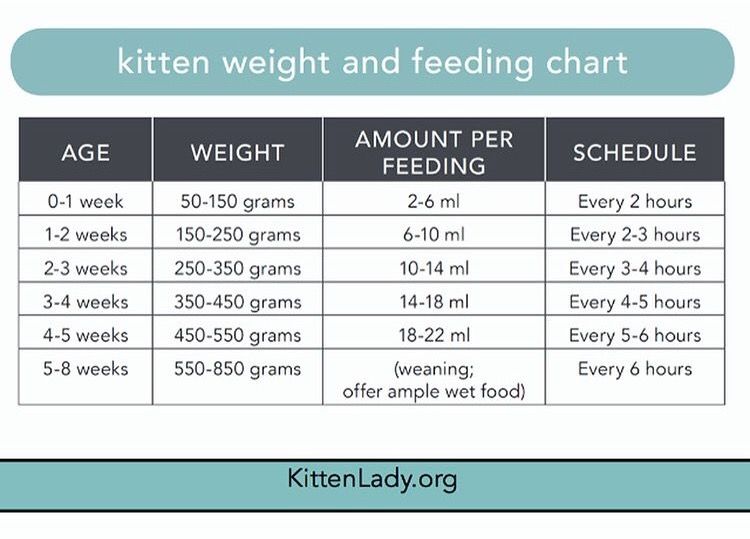 After all, if by the evening the child’s digestion is suddenly upset or rashes appear, then they will be less pronounced than if you feed half a jar of puree to the little one to celebrate.
After all, if by the evening the child’s digestion is suddenly upset or rashes appear, then they will be less pronounced than if you feed half a jar of puree to the little one to celebrate.
Well, what if the child responds to your enthusiastic: “What a delicious puree Vanyusha will try now!” made an expressive “beeeee” or smeared the zucchini on the muzzle - you should not worry.
The next day, offer the crumbs a quarter of a teaspoon of the same zucchini again. This situation may repeat itself more than once or twice. Sometimes a new product needs to be offered to a child up to 10-15 times so that the baby agrees to eat it. Be consistent and patient, and your efforts will be rewarded. Who said it would be easy?
How to increase servings
If the next morning after the child has tried the first complementary food product (most often it is a vegetable puree from zucchini or cauliflower), he feels good, the portion is slightly increased - up to half a teaspoon.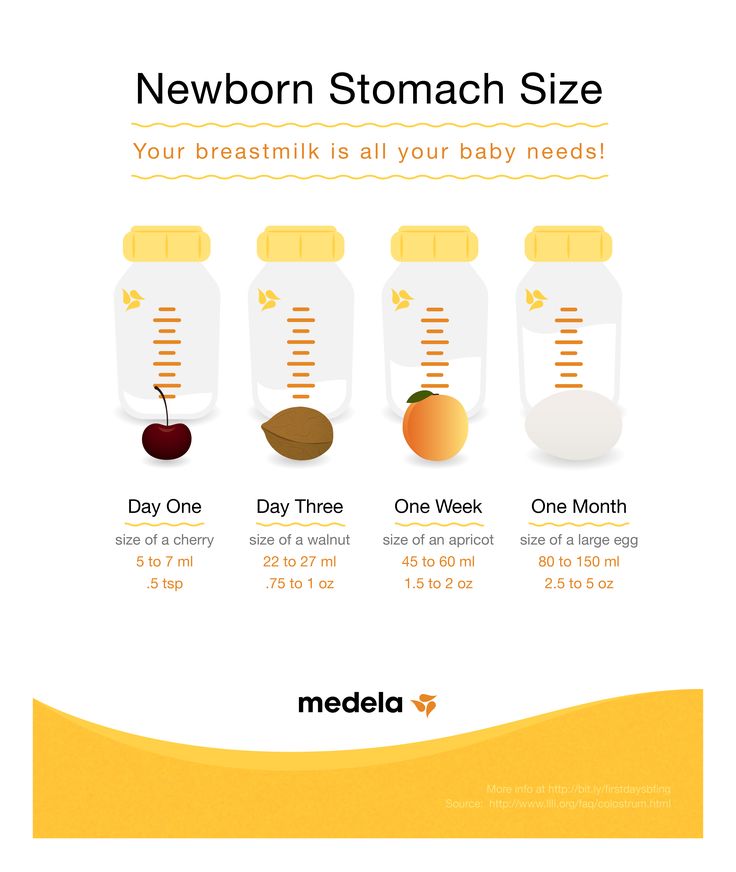
Do not worry, there will be nothing bad from such a "turtle" speed. There will be a soft addiction of the baby to the new taste. And then we increase the portion day by day by one and a half to two times.
That is on the third day the baby will receive a full teaspoon of , on the second - two, on the third - four, which will be 20 g of the product. On the fourth day, the serving volume will be 30-40 grams, on the fifth - 50-80 grams, on the sixth - 100-120 grams, on the seventh - 120-150 grams. Thus, in about a week you reach the age norm of a serving. At six months, when we introduce complementary foods, this is exactly the amount the child eats.
However, do not strive, by all means, to cram just as much and not a gram less into a crumb. Not all children eat the full amount of . For some, 80-90 grams of mashed potatoes or porridge is enough. Do not forget that the main food for a child up to one year of age continues to be breast milk or an adapted milk formula, which are offered after complementary foods. So the kid will take “his own”.
So the kid will take “his own”.
And in search of an answer to the question of whether the child is full, focus not on the volume of the portion eaten, but on the general well-being and monthly weight gain of the baby . Also, remember that food abuse is unacceptable at any stage of a child's life. Otherwise, you will cause a persistent aversion to food or certain products for many years, growing a little unwilling.
The time period when we increase the portion size to the age norm can be extended to 10-12 or even more days if the baby is allergic or, for example, sick, or he was vaccinated. Remember that the smaller the portion size and the slower it increases, the less likely it is to develop diathesis or digestive disorders .
When you move on to the next vegetable, the total amount of vegetable puree remains the same. You just reduce the amount of puree from a familiar product, for example, zucchini, by exactly the same amount as you give puree from a new product, for example, cauliflower.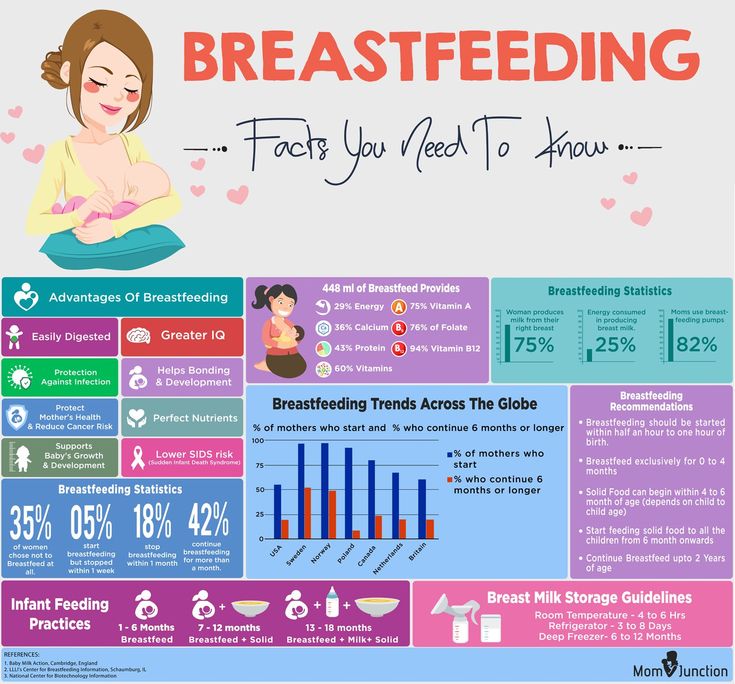
Gradually, as the child grows, the portion size increases. By the year the baby eats up to 180 grams of vegetable puree at lunchtime .
How to introduce the following complementary foods
The situation is similar with porridge, the second complementary food product. We start with small quantities - with a quarter or half a teaspoon of , and within 5-7 days we bring the volume to approximately 150 gr. At seven months, the volume of porridge is 160-170 grams, at eight to nine months - 170-180 grams, by the age of one year - 200 grams.
From the age of seven months, vegetable oil is introduced into vegetable puree in small quantities - 5-10 gr. This volume remains unchanged.
At six to seven months we offer fruit puree to the child. As in the case of vegetable puree or porridge, we start giving fruit puree from a quarter to a half teaspoon, within 5-7 days we increase it to 50 g. At eight months, the volume of fruit puree is 60-80 grams, at 10-12 months - 100 grams.
At eight months, the volume of fruit puree is 60-80 grams, at 10-12 months - 100 grams.
The next complementary food is meat. It can be introduced as early as six months, but many introduce it at seven or even eight months. Traditionally, we start with small amounts of the product and gradually increase it, bringing it up to 10 g within 5-7 days. Over time, portions grow - by about 10 grams every month. By the year the child eats up to 70 grams of mashed meat.
From the age of six months, on the recommendation of a pediatrician, you can introduce cottage cheese. We start with 5 grams of baby cottage cheese without fruits, for example, adding it to porridge. After making sure that the children's cottage cheese is well tolerated, we increase the portion to 10 g, subsequently the volume increases by about 10 g every month. By the year the baby receives 50 grams of cottage cheese daily.
At 8 months, the baby's diet can be expanded with fermented milk products such as kefir, biolact, yogurt.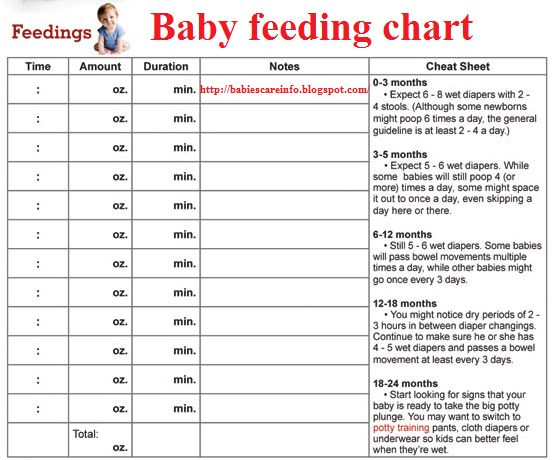 The first serving is literally 1 teaspoon, then increase the volume by 1 teaspoon per day. In a week to ten days we reach a volume of 50 ml, and in three weeks - 150 ml. The daily portion of all drinking fermented milk products must not exceed 200 ml .
The first serving is literally 1 teaspoon, then increase the volume by 1 teaspoon per day. In a week to ten days we reach a volume of 50 ml, and in three weeks - 150 ml. The daily portion of all drinking fermented milk products must not exceed 200 ml .
After seven months, add ¼ to vegetable puree or porridge, and from 9 months - half an egg yolk daily.
From eight to nine months, the child should be given fish 1-2 times a week instead of meat . Preferably, these are commercially produced purees. The initial volume of fish puree, the rate of its growth and age norms are similar to those for meat complementary foods. By the year the child receives 30-60 grams of fish, the total amount per week is about 100 grams.
Today, the introduction of juices to children under one year old is treated very carefully. Their sweet taste can make it difficult to later introduce less sweet foods into the diet. Juice is introduced at approximately 10-12 months of age. The first volume is half a teaspoon. Within 3-4 weeks, the portion is increased to 80-100 ml .
Juice is introduced at approximately 10-12 months of age. The first volume is half a teaspoon. Within 3-4 weeks, the portion is increased to 80-100 ml .
Of course, the recommended age ranges and portioning schedules may seem overwhelming at first. However, believe me, having started complementary foods, you will quickly master these simple wisdoms. And this knowledge and maternal intuition will help you.
Join the Tyoma community on social networks
Supplementary feeding rates for a child by months - MAMA PRO
Supplementary feeding of a child can occur for various reasons. And most often we are talking about the fact that they are all forced, because not a single composition of the mixture can replace mother's milk. When it is precisely established that there is not enough milk and not enough for the normal development of the child, special mixtures are connected to the main diet - the components with which we supplement the baby. What are the norms of supplementary feeding for the months of the child and what subtleties should be paid attention to? Pediatrician Oksana Kondratenko tells.
What are the norms of supplementary feeding for the months of the child and what subtleties should be paid attention to? Pediatrician Oksana Kondratenko tells.
It is important to realize that a child, like any adult, is an individual. And you can’t require every baby to eat a certain amount of food, based only on his age - even if we are talking about a few months old.
Calculation of supplementary feeding according to the age and weight of the child
It is necessary to take into account the individual weight and height characteristics of the child - how tall he was born, how much weight he gained in a certain month. That is why the most logical is a scale that is not tied to the age of the child and a unified approach for all children, but to his weight at this age. Consider the age of the child and the rate of supplementary feeding, which he should eat per day. The required amount of food should be divided by the number of feedings.
When a baby is fully breastfed, a woman does not need to keep track of how much milk she has eaten.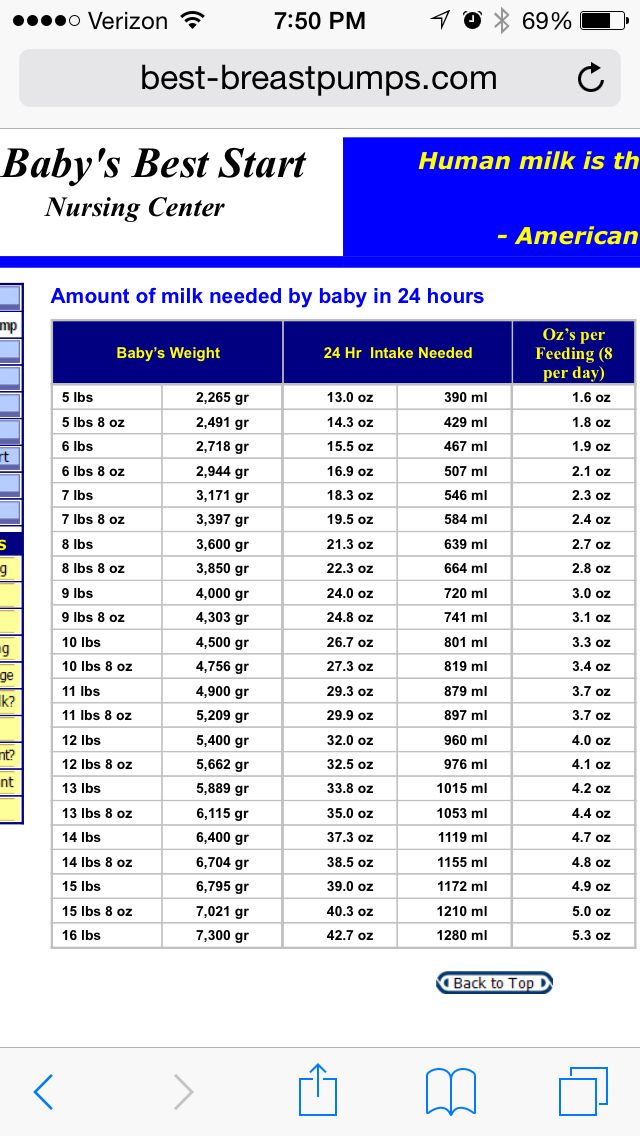 The child controls this process completely independently. We only care about the appearance of his need for food, which in itself serves as a call for feeding.
The child controls this process completely independently. We only care about the appearance of his need for food, which in itself serves as a call for feeding.
When problems arise and it is necessary to supplement formula, we remember an important principle: before we give the child additional formula, he must eat everything from the breast. In no case should this order be violated.
If the child is already completely on the formula, you should accurately calculate and understand what percentage of food the baby should receive, based on his body weight.
Method for calculating supplementary feeding based on the child's daily diuresis
The mother can calculate the amount of supplementary feeding on her own, based on the child's daily diuresis, but this method is suitable for babies from 5 days of life to 6 months (until complementary feeding has begun). This method is referred to as the "pissing" method by breastfeeding consultants.
The essence of the method is to take into account how much urine the baby has excreted per day.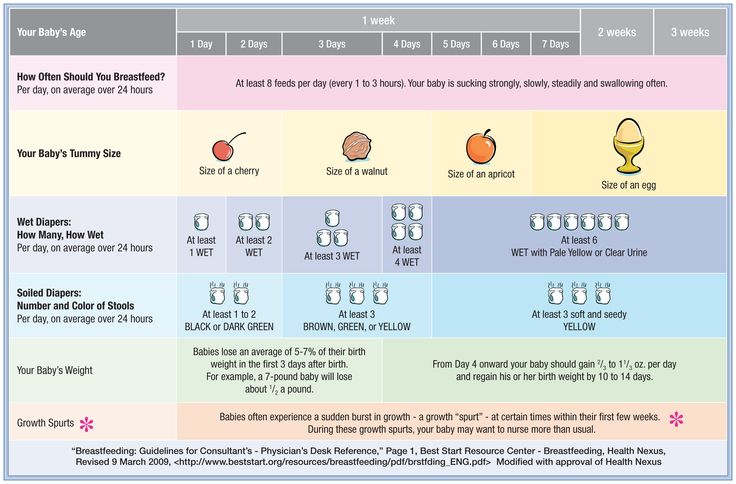 Then calculate how much milk he actually absorbed and correlate this value with the required volume. The difference in these figures will be the required amount of supplementary feeding.
Then calculate how much milk he actually absorbed and correlate this value with the required volume. The difference in these figures will be the required amount of supplementary feeding.
To determine the daily diuresis, used diapers must be weighed, having previously cleaned them of fecal impurities (if any). From the resulting weight subtract the weight of the same number of dry diapers. But the numbers obtained will not be the amount of urine. To determine it, you need to divide the resulting weight by the average density of urine - 1.015. The resulting figure will be the daily amount of urine in ml.
Now it is possible to calculate how much milk the baby has actually digested. Its volume will be obtained if the daily diuresis is multiplied by 2. After all, the daily volume of urine is 50% of the milk eaten. Now the received volume can be compared with that which is necessary by weight (it is calculated by the pediatrician at the reception). The difference in these volumes will be the required amount of supplementary feeding.

 5-2oz) in their first few days)
5-2oz) in their first few days)

